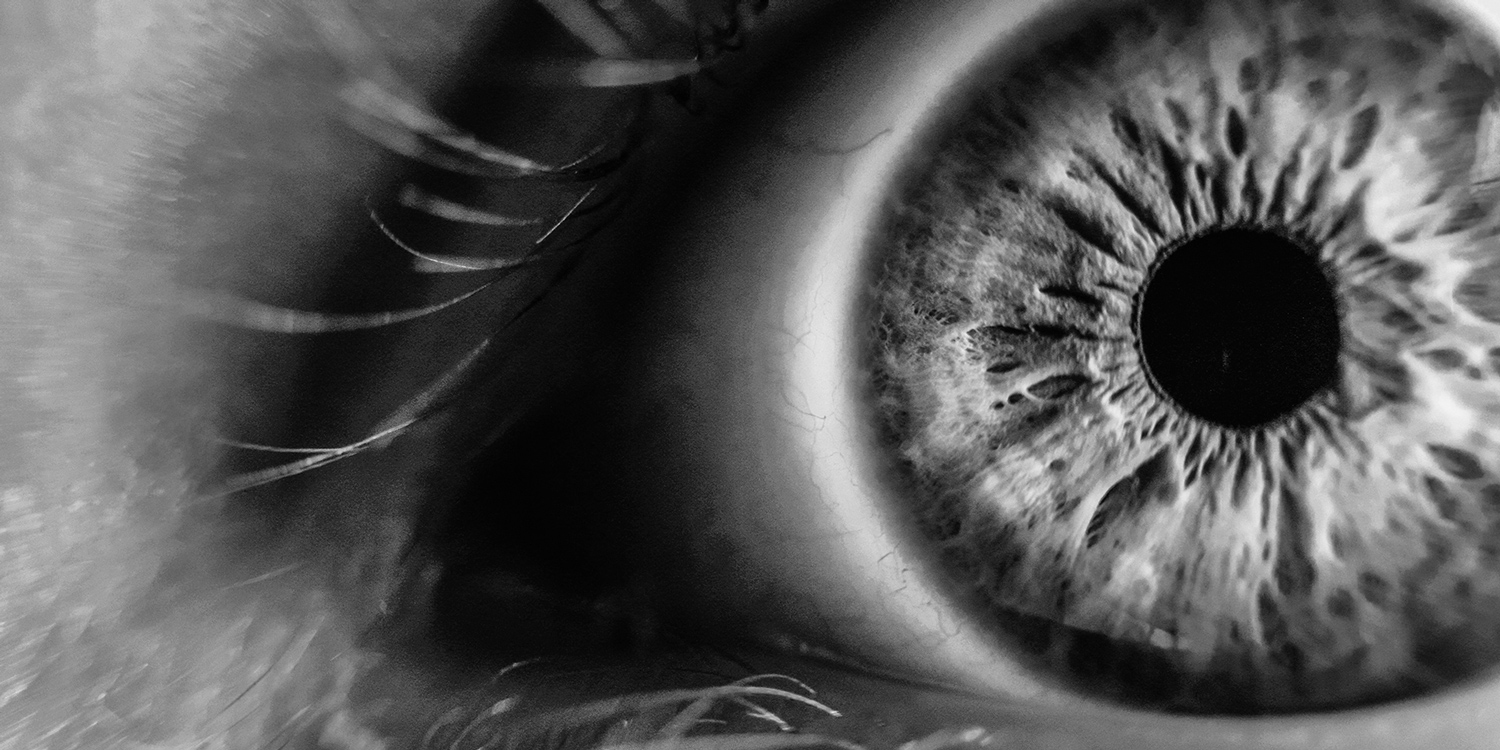Whatever happens with Touch ID in the iPhone 8, it’s looking increasingly likely that Apple will add some kind of facial recognition technology to its flagship device this year. It’s an easy concept to be skeptical of, and we don’t think Apple would ditch its fingerprint scanners entirely for some kind of ‘Face ID’ alternative. But the technology is much more advanced than you might think, and could grow into a standout feature of the iPhone over the coming years.
Samsung has already released a smartphone that uses a form of facial recognition to unlock the device, though it’s been criticized for being easily duped by photographs. Apple would have to step things up a notch to impress its customers, and its acquisition of machine learning firm Realface implies that it has big plans in the works.
Realface’s technology uses 3D sensors to build up a complex model of the user, which gives a representation even more detailed and unique than a fingerprint. It’s “anti-spoof” software prevents the sensors being tricked by photographs or even sculptures, which is a huge security improvement on existing facial recognition tech if it works as well as we’re led to believe. The company claims a 99.67% success rate in recognizing faces, which is higher even than most humans are capable of. Sounds pretty impressive, right?
It’s still unclear how well this technology would work in low-light situations or at unusual angles, but it’s possible the 3D depth sensors expected to be included in the iPhone 8’s front-facing camera could combat these problems. Apple’s biggest problem could end up being the length admin involved in getting banks to green-light such a technology for use authenticating payments, or the social roadblock of convincing users of the merits of facial recognition.
We fully expect Touch ID to remain in all of this year’s handsets, but Face ID could enter the fray in a big way come September. For more details on the technology behind facial recognition, take a look through BGR’s excellent piece on the subject.

